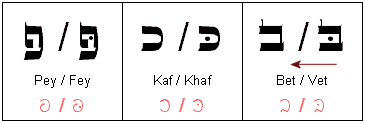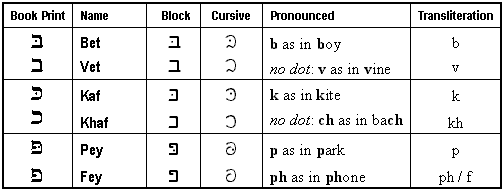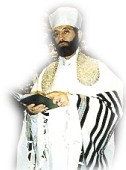|
|
||||||||||||||||||||||
 |
||||||||||||||||||||||
|
Learn Hebrew |
||||||||||||||||||||||
 |
||||||||||||||||||||||
|
Audio Tanakh |
||||||||||||||||||||||
 |
||||||||||||||||||||||
|
Hebrew Training |
||||||||||||||||||||||
|
|
|
||||||||||||||||
|
|
||||||||||||||||||||
|
Collectively these letters are sometimes called "Begedkephat letters" as an acronym for the names of letters: |
|
If one of these six letters has a Dagesh Kal mark it will have a hard pronunciation, otherwise it has a softer pronunciation. |
 |
|||
|
Notes: |
|||
|
 |
||||||||||
|
Advanced Grammatical Information
In other words, it will only appear if it opens a syllable.
|
||||||||||
|
Hebrew for Christians |
||||||||||
|
||||||||||

